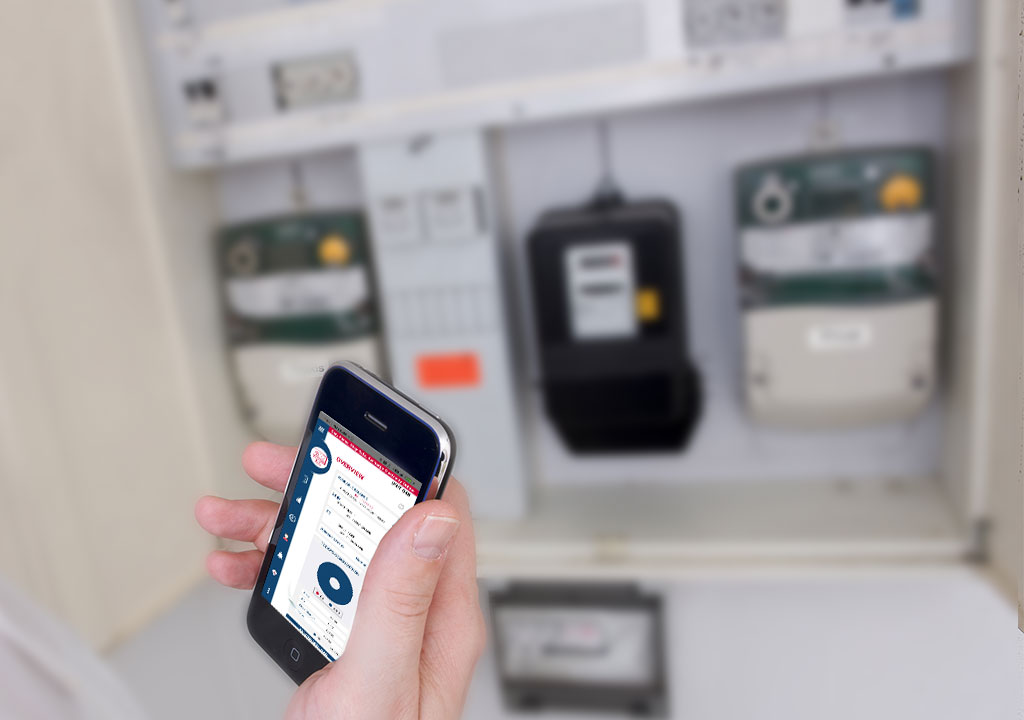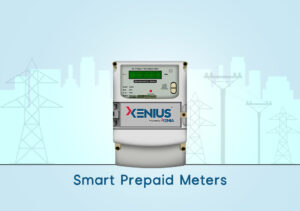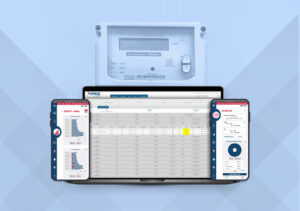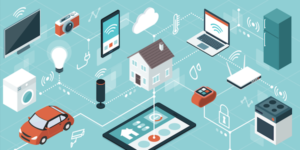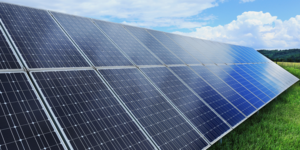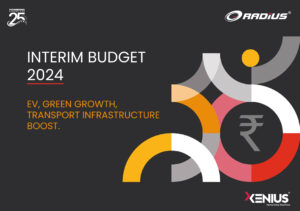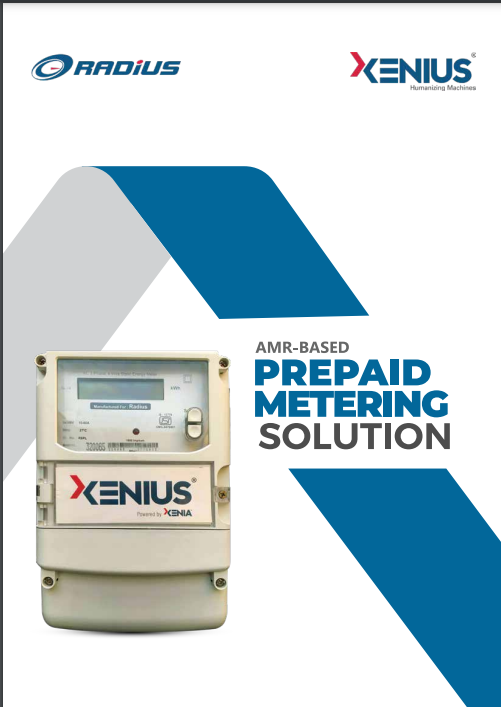Initially, mechanical meters were developed that could record the energy consumption of any household or industry. However, these were vulnerable to tampering
Smart meters have changed the way utilities operate and generate revenue. Theft of electricity is at an all-time low
Electricity meters and the technology that manoeuvres them has evolved over the years to fit the ‘smart’ era of utility devices. From mechanical meters that would require manual readers to its electronic update—while the tech changed, issues of electricity theft and tampering continued. Internet of Things (IoT) challenges the old norms with smart electricity meters and grids.
Electricity meters have evolved significantly since their inception. The primary goal of the electricity meter was to replace manual energy consumption readings. Meter readers who went out into the field to each household were in charge of individual readings. However, there was always the possibility of these readers being corrupt. If that were the case, the numbers would be manipulated.
Initially, mechanical meters were developed that could record the energy consumption of any household or industry. However, these were vulnerable to tampering. The electricity meter readings could be changed with a wire or a magnet, and there was no way for the utility to catch defaulters.
Mechanical meters were eventually replaced by electronic meters that could capture readings on their own and could not be tampered with. Nonetheless, the readings were to be taken by an electricity department meter reader. In many cases, the readers accepted bribes from individual householders or factory owners in order to reduce the numbers, and the electricity department had no way of discovering these loopholes.
The department thus suffered significant financial losses as a result of electricity theft and meter tampering. However, as technology and the Internet of Things (IoT) advanced, smart meters were developed that were capable of not only capturing energy consumption but also monitoring and tracking data from each meter.
Smart electricity meters can send real-time energy consumption data to the utility. With the help of IoT, all electricity meters are linked to a common network, and if any electricity meter goes offline or is tampered with, an alert is sent to the electricity department, allowing it to take appropriate action.
All data from smart electricity meters in the field is processed and sent via cloud servers to stakeholders, who can in turn monitor all nodes at once. Smart meters have changed the way utilities operate and generate revenue. Theft of electricity is at an all-time low. Even so, there are still some cases in which the perpetrators use a wire from an electricity pole to circumvent the system.
However, IoT has the potential to completely eliminate electricity theft. In Smart Grids, IoT is used to track the flow of electricity from one substation to another. It will be impossible for perpetrators to bypass the system and steal electricity once the electricity department has fully implemented smart grid technology.


